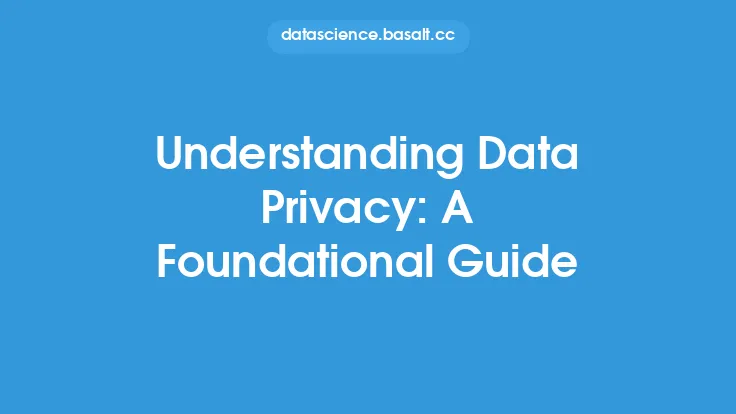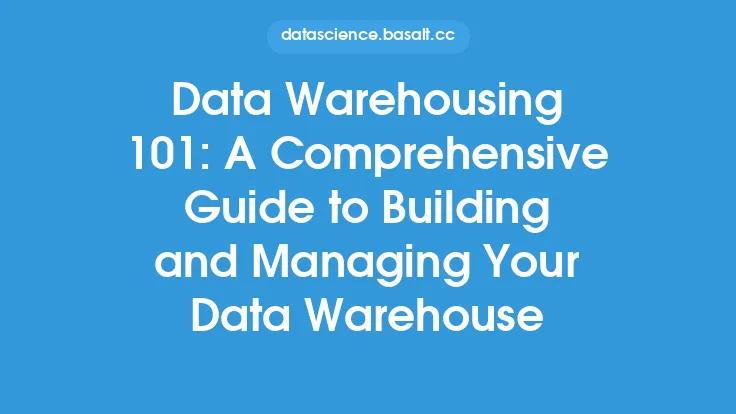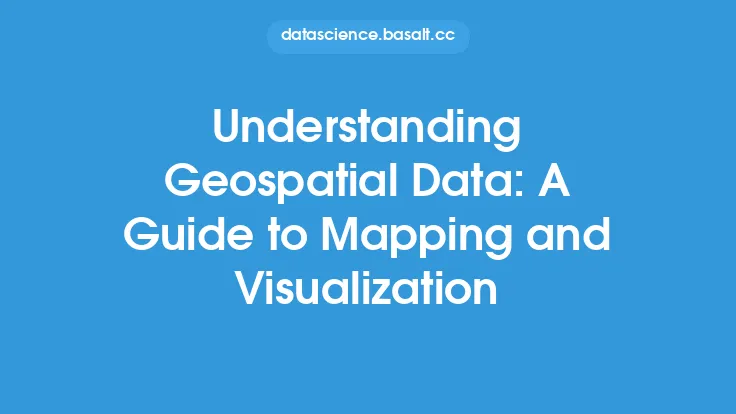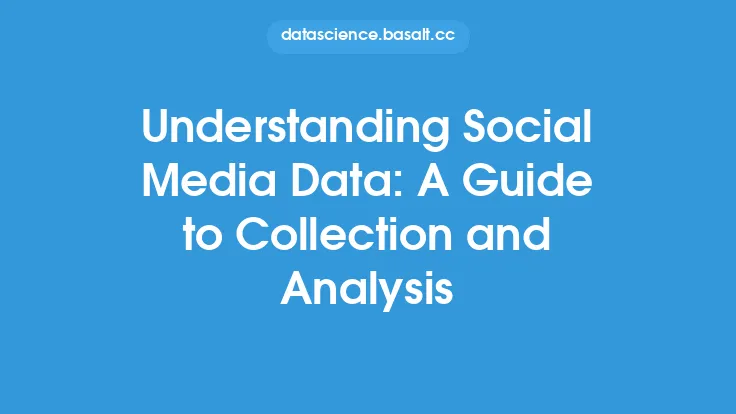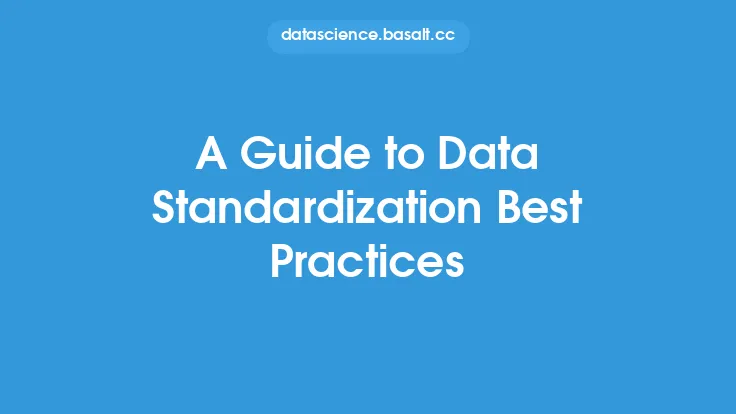Data integration is the process of combining data from multiple sources into a unified view, providing a single, accurate, and up-to-date representation of an organization's data. This process involves transforming, mapping, and consolidating data from various sources, such as databases, files, and applications, into a consistent format that can be easily accessed and analyzed. The goal of data integration is to provide a comprehensive and integrated view of an organization's data, enabling better decision-making, improved operational efficiency, and enhanced customer experiences.
What is Data Integration?
Data integration is a critical component of data engineering, as it enables organizations to break down data silos and provide a unified view of their data. It involves a range of activities, including data ingestion, data transformation, data mapping, and data consolidation. Data integration can be performed using various techniques, such as ETL (Extract, Transform, Load), ELT (Extract, Load, Transform), and data virtualization. The choice of technique depends on the specific requirements of the organization, including the type and volume of data, the complexity of the data, and the desired outcome.
Types of Data Integration
There are several types of data integration, each with its own strengths and weaknesses. These include:
- ETL (Extract, Transform, Load): This is a traditional approach to data integration, where data is extracted from multiple sources, transformed into a consistent format, and loaded into a target system.
- ELT (Extract, Load, Transform): This approach is similar to ETL, but the transformation step is performed after the data has been loaded into the target system.
- Data Virtualization: This approach involves creating a virtual layer that integrates data from multiple sources, without physically moving the data.
- Data Federation: This approach involves creating a unified view of data from multiple sources, without physically integrating the data.
- Data Replication: This approach involves creating a copy of data from one source and replicating it to another source.
Data Integration Tools and Technologies
A range of tools and technologies are available to support data integration, including:
- Data Integration Platforms: These platforms provide a comprehensive set of tools and features to support data integration, including data ingestion, data transformation, and data mapping.
- ETL Tools: These tools provide a range of features to support ETL processes, including data extraction, data transformation, and data loading.
- Data Virtualization Tools: These tools provide a range of features to support data virtualization, including data mapping, data transformation, and data caching.
- Big Data Technologies: These technologies, such as Hadoop and Spark, provide a range of features to support big data integration, including data ingestion, data processing, and data storage.
Data Integration Challenges
Data integration can be a complex and challenging process, particularly in large and complex organizations. Some of the common challenges include:
- Data Quality: Ensuring that data is accurate, complete, and consistent is a major challenge in data integration.
- Data Complexity: Integrating data from multiple sources can be complex, particularly when the data is structured and unstructured.
- Scalability: Data integration solutions must be able to scale to meet the needs of large and complex organizations.
- Security: Ensuring that data is secure and protected during the integration process is a major challenge.
Data Integration Architecture
A well-designed data integration architecture is critical to the success of data integration projects. The architecture should include a range of components, including:
- Data Sources: These are the systems and applications that provide the data to be integrated.
- Data Integration Layer: This layer provides the tools and features to support data integration, including data ingestion, data transformation, and data mapping.
- Data Warehouse: This is a centralized repository that stores the integrated data, providing a single, unified view of the organization's data.
- Data Marts: These are smaller, specialized repositories that provide a subset of the integrated data, tailored to the needs of specific business users.
Data Integration and Data Governance
Data integration and data governance are closely related, as data governance provides the framework and policies to ensure that data is accurate, complete, and consistent. A well-designed data governance program should include a range of components, including:
- Data Quality: Ensuring that data is accurate, complete, and consistent is a major component of data governance.
- Data Security: Ensuring that data is secure and protected is a major component of data governance.
- Data Compliance: Ensuring that data is compliant with regulatory requirements is a major component of data governance.
- Data Stewardship: Ensuring that data is properly managed and maintained is a major component of data governance.
Conclusion
Data integration is a critical component of data engineering, enabling organizations to break down data silos and provide a unified view of their data. A range of techniques, tools, and technologies are available to support data integration, including ETL, ELT, data virtualization, and big data technologies. However, data integration can be a complex and challenging process, particularly in large and complex organizations. A well-designed data integration architecture and a comprehensive data governance program are critical to the success of data integration projects, ensuring that data is accurate, complete, and consistent, and that it is properly managed and maintained.
